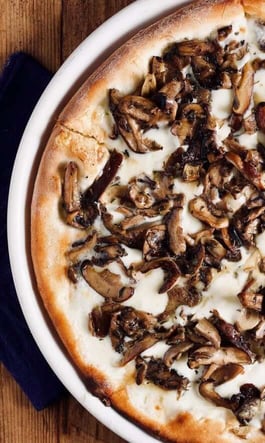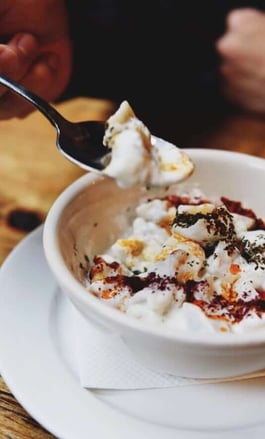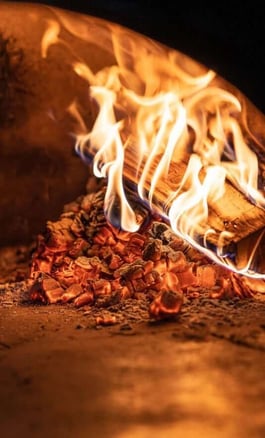Shish Kebabs: From Turkey to the World
The shish kebab is a signature Turkish meal with a history as long as the nomadic lifestyle of early Turks. Needing to tenderize the texture and flavor of game meat, the shish kebab may have started with swords of meat over open flames but is more likely to have started simultaneously in many places, given that shish kebab-type preparation is seen in Byzantine Greek icons and described in Homer’s Odyssey. It has a long history in the Eastern Mediterranean as well as by nomadic groups living on the interior. Regardless of its origins, the modern skewers of meat we call shish kebabs have a variety of types, marinades, and recipes because of its global appeal. You’d be surprised how few people have heard about Shish Kebabs in the NYC area.
The practicalities of making shish kebabs are important. Skewers themselves can be stainless steel or wood, with wood soaked in room temperature water for at least 30 minutes to ensure they don’t erupt into flame. Some modern remakes of skewers are similar to a comb with metal teeth on which the food is held, rather than having to stack food on a single metal skewer, making it easier to evenly rotate and pluck off each piece of food. Today’s horizontal cooking mimics that of ancient Turkish food recipes, which also called for horizontal placement. Regardless, each piece of the skewered food should be cut to ensure they all finish cooking at roughly the same time.
Meats
Perhaps part of the shish kebab’s appeal is the variety of meat that can be skewered and cooked. Most Turkish recipes call for pork loin or lamb shoulder but chicken can be substituted just as well. Fish like salmon, mahi mahi and swordfish work well because they are firm and easy to cube. Halibut, sea bass, haddock and cod also work well on a kebab. Cubes of meat, cut in uniform 1 to 2-inch pieces, are best marinated 24 hours before cooking, though as few as four hours can do.
Turkish food recipe books have dozens of ways to roast meat kebab-style. As Turkish food most prominently features lamb, there are “orman kebabi” to roast the entire lamb or “koyun kebabi” to roast it in a covered pit. Kabarma kebabi grill an entire fowl cut open and lain flat while kerfenli kebabi wraps the meat in bread before grilling.
Sauces
Turkish food recipes across the ages feature a variety of marinades. Some of the most basic marinades feature blends of garlic, olive oil, red and black pepper, and yogurt, a common ingredient in Middle Eastern dishes. Heavier marinades good for beef shish kebabs might use mustard, vinegar, rosemary, and lemon juice. For fish, the marinades should lean lighter, using less oil and more lemon juice, combined with seasonings like garlic, cumin, and paprika. This lighter marinade is featured in Turkish foods with, sometimes, a touch of ground cinnamon and parsley.
Vegetables
Shish kebabs features vegetables as much as meat. Common vegetables for kebabs are bell peppers, onions, cherry tomatoes, baby potatoes, mushrooms and squash. Vegetables might benefit from a vinaigrette basting.
Regardless of the recipe, well-marinated meat doesn’t make much to cook well. Over a strong, high flame, most shish kebabs should be done in 8-12 minutes. Kebabs can also be broiled or baked if a grill is not available. Given its relative ease and diverse flavor, it’s no wonder shish kebabs span the world.






